What are the emerging trends in the field of Learning Management Systems? How can these be evaluated and applied for their importance or usefulness to your institution? In this blog post we will look at some of the key features of a LMS that you should consider while evaluating different learning platforms.
1. Mobile Apps
Accessibility is a key requirement for any LMS; we don’t want learners, teachers and administrators to only be able to access and interact with the platform when they are in front of a desktop/laptop. Societies are becoming more and more reliant on mobile communication, so it is not surprising that in the current market for platforms having an app, that is downloadable, is an important feature. The app should be easy to use, extend the capabilities of the platform and have a responsive design. This has become a major trend which is rapidly turning into a must have. Not only does this feature provide greater flexibility in terms of accessibility to the platform, it also acknowledges the reality of today's education world where multiple devices are the norm rather than the exception. Most stakeholders state that they absolutely need mobile learning capabilities for their tablets and this need is compounded by the rise of Bring Your Own Device (BYOD) programs in schools and increased penetration of internet.
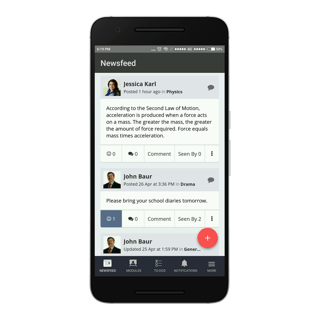
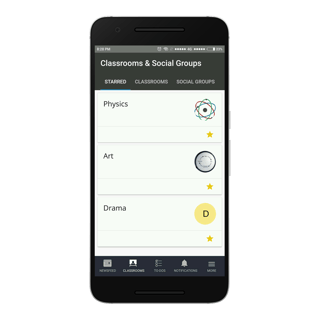
2. Leveraging Social Learning
Students spend much of their free time on Social media. This is where students socialize, share ideas, express opinions and actually do a lot of nontraditional learning. So, it makes sense for teachers and administrators to harness its power to engage students. This is a space where students feel comfortable or is a design which they recognize and are already adept at, hence it makes sense that a leading trend in learning platforms is having social media features like a news feed system where school admins can make school-wide announcements, teachers can post class announcements, and users can like, comment on these posts or provide constructive feedback on the projects and work of their peers.
Users can also search important themes or concepts using hashtags, as well as put a short bio on their LMS profiles, the same way Twitter and Instagram users can. Through these features and capabilities, learning becomes more fun and engaging because both students and teachers are greeted with a socialized, friendly and familiar looking LMS platform.

3. Unit building and Content authoring with support for multimedia files
Content authoring tools allow teachers to easily create their own learning resources in a multi-media format. Meaning that they can add any kind of text, video, audio, images, documents, and other multimedia content with just a few clicks, or even better, by leveraging a drag and drop interface. Many teachers practicing 21st century teaching techniques will already be using the wealth of multimedia available in their lessons. A well designed LMS should make the process seamless and simple for teachers to embed these indispensable multimedia resources in their lessons in an organized and time saving fashion. With this feature the LMS can be a tool to implement emerging educational trends, such as, the flipped classroom and blended learning.
As the majority of students love to learn from videos, hence the ability to directly post a video /audio is one of the more effective features of this type of content authoring. These are especially useful to teachers because they can create video tutorials to provide students valuable class time content outside of the classroom and differentiate it for different learner needs.
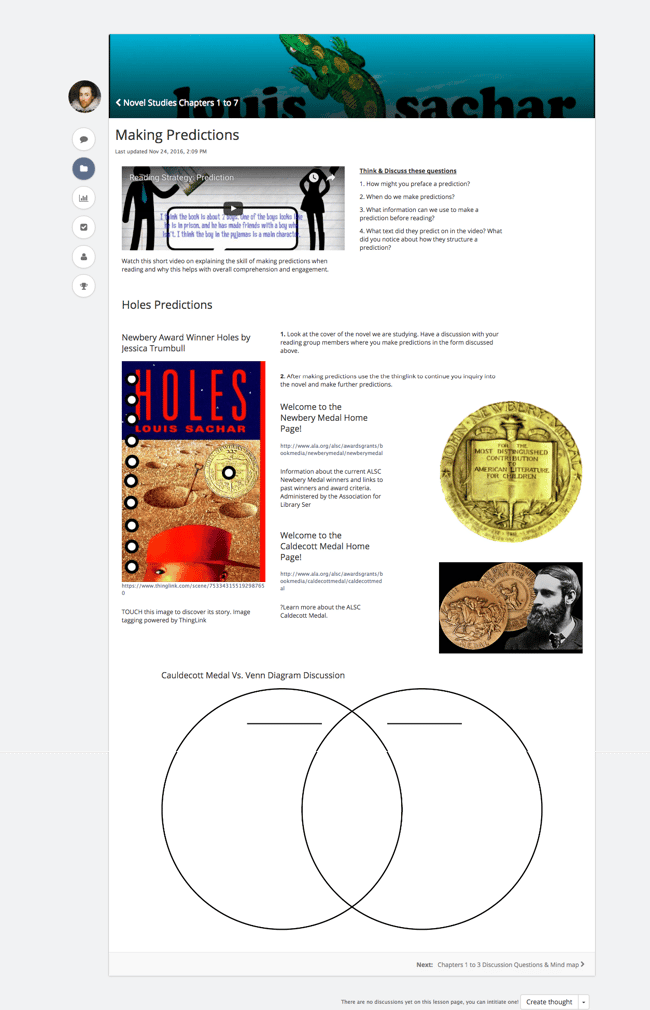
4. Analytics
Information is power. The more information a platform provides on student learning, progress and engagement the more powerful a tool it is. Easily accessible dashboards providing rich analytics on student performance, participation and progress throughout the platform is what teachers and trainers want in a state of the art LMS. Providing analytics beyond quiz scores is what allows teachers to study their students’ key performance indicators and see who is excelling in class and who is falling behind, find out what subject area a certain student is more proficient at or engaged in and access other students metrics that help teachers inform instruction and structure their learning design.
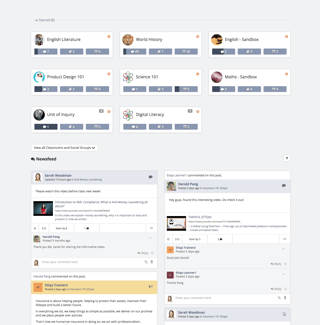
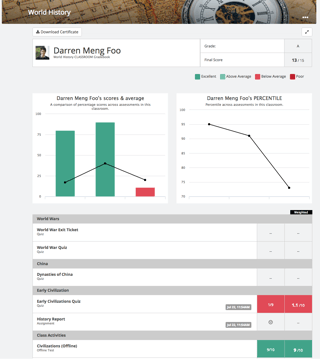
5. Gamification
Games are fun. Students and adults alike enjoy games and are motivated by forms of reward, and are driven by a healthy competitive spirit. This is why application of typical game playing elements i.e. gamification, is as an essential feature for a contemporary LMS. Gamified elements could include badges, points, and leader boards and make a class more engaging, fun, and encourage a competitive spirit between students or simply a competitive drive within oneself. An LMS that gives schools the ability to modify and personalize the Gamification elements to fit their own philosophical beliefs presents an extra advantage.

6. Integration with 3rd Party Productivity Apps (e.g. Google Apps and Office365
Many schools are currently using these top productivity apps to enhance learning and as a massive time saver and organizational tool for any classroom teacher. Many teachers have a lesson library already accumulated in their Google Docs, hence ability to upload content easily to their LMS is a huge benefit both in time saving and improved organization. An LMS should not replace these valuable resources but rather seamlessly integrate and extend the reach and productivity of these apps. A well designed LMS incorporates the tools provided by these apps and provides value added features and capabilities to complement and extend them, so that schools can strengthen their technology ecosystem while streamlining it at the same time. To enhance organisational capabilities, lesson resources no longer need to be searched, found and applied at the appropriate time in the unit or inquiry. By using an LMS that seamlessly integrates with third party systems, these same resources are strategically placed in the LMS hosted unit, connected to the appropriate extensions (i.e. quiz, assignment, or discussion thread) and are linked to the value added capabilities provided by the LMS. These once stand-alone resources now become part of purposefully built, fully integrated, collaboratively constructed units. These can be cycled over, ready to go in the following school year, or picked up upon and modified by a new staff, saving your school’s money and valuable human resource time.

7. Cloud-based LMS
Creating a cloud-based learning infrastructure is a powerful approach that can advance the educational system, by cutting costs and expanding accessibility. Training, lessons and assessments become available at any time from any place; learners can share ideas, resources, and tools and administrators’ efficacy is boosted. In addition, there are no limits for information storage. An unlimited amount of resources and files can be logged and shared amongst all users of the system and stakeholders in the schools. The idea of going paperless becomes closer to becoming a reality. Within the cloud learning infrastructure schools can have resource libraries or student portfolio areas that can be shared easily across the school or outside. These resources repositories allow LMS users to store their files and access them across any device. The creativity and effort of your skilled and experienced teachers is spread across the institution making for more efficient and effective teaching. With the capability for students to also save their class projects/submissions or reflections in a portfolio, and share school wide or even publish to the web, your LMS empowers students as communicators and play a small part in the promotion of global mindedness and intercultural awareness.
8. User interface and Usability
Usability, arguably should not be a included as a feature because it is actually a basic necessity and parameter for the evaluation of all e-learning technologies and systems. The hallmark of quality in LMS is usability, it puts the users and their real needs in the center. The more appealing and useful the user interface and democratic the usability, the greater access, reach and adoption your LMS will have and that is the mark of the overall value of a system. Usability should always be a prime consideration as it pertains to integration or contribution to the learning process. An LMS with strong usability, facilitates learners to achieve learning objectives and gain knowledge effectively and efficiently. On the contrary a non-usable e-Learning application leads to a frustrating and unpleasant experience for learners who may spend more time trying to navigate and learn how to operate the e-Learning software than the actual learning. You should ask this question at the onset of the LMS evaluation process - Is the site easy to navigate for students, teachers, parents and administrators? While all LMS systems will have some gradient of learning curve, it should not take the stakeholders long to learn how to navigate for relevant material and begin to use the system to easily produce and disseminate learning and assessment materials to learners.

9. Cooperative and Collaborative Learning
As humans we are social beings. And as we create more online environments to enhance our experiences, this fact should be considered to influence structures and functions of online environments, especially learning environments! In learning environments this focused socialization becomes collaboration as learners work together in contructing knowledge through sharing of insights, understanding and resources. Thus collaborative learning is an increasingly important trend in the eLearning and LMS market. Collaborative and Cooperative learning capabilities are features functions and spaces that create and encourage learning, facilitate communication, elicit feedback and enable sharing between all stakeholders at a class, course, school and community level. When students communicate through the online learning environment, a culture of communal construction of knowledge and understanding is created and this promotes varied connections, deeper engagement and broader understanding. Most Studies show deeper understanding and greater application of knowledge gained through collaborative learning than from formal learning, hence cooperative and collaborative learning is an important aspect of any contemporary LMS platforms that want to promote 21st century learning skills.

The biggest advantage of a good LMS is that it creates a pull factor for the students and hence helps instructors to facilitate and drive the online learning process for their students effectively.
Confused about your criteria for selecting an LMS?
Download this detailed e-book that acts as a guide for administrators in selecting, implementing & leveraging an LMS for their institute.

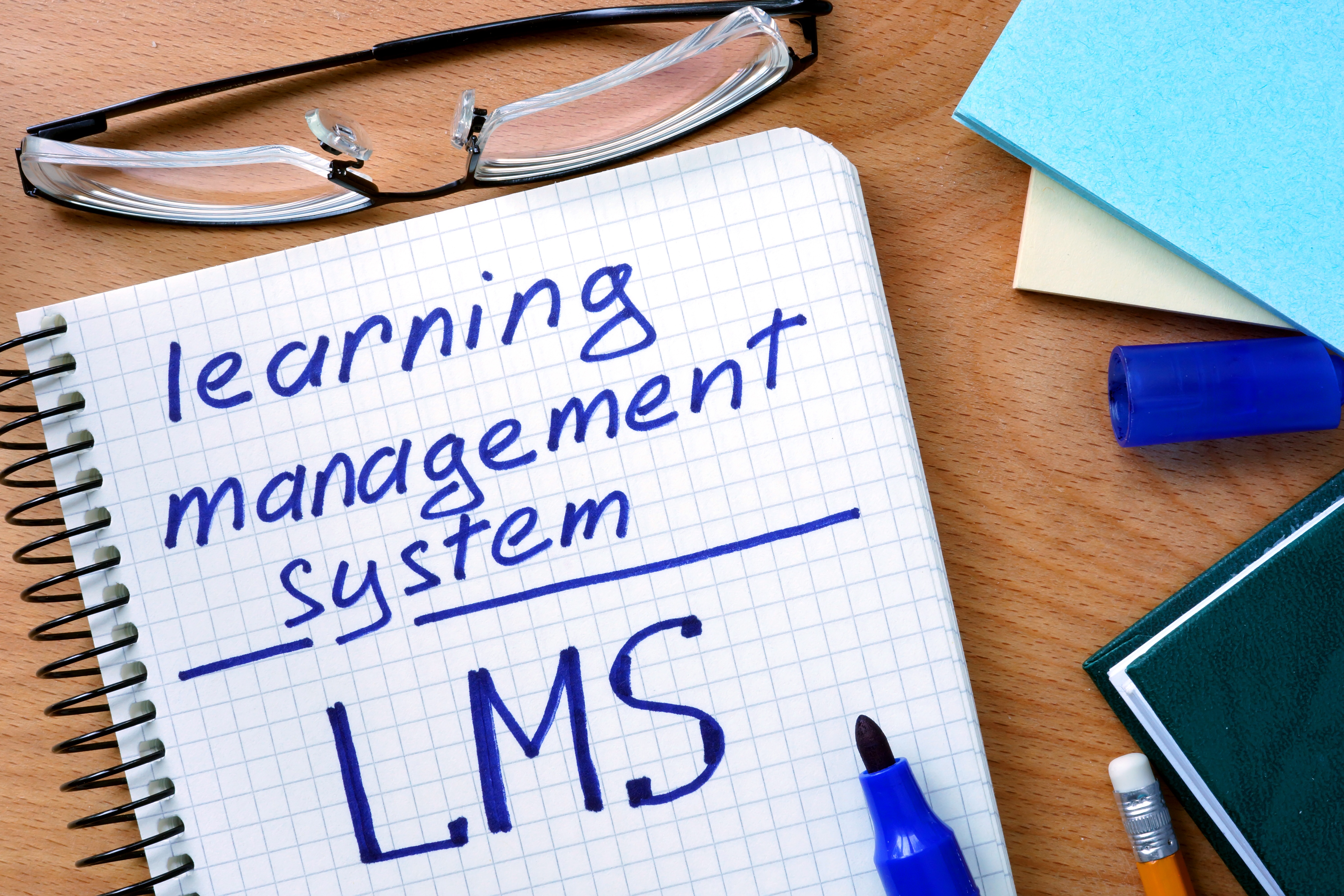

Leave a Reply